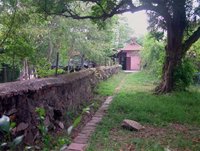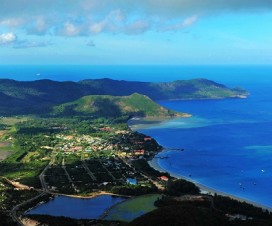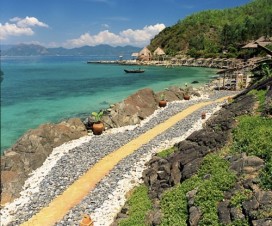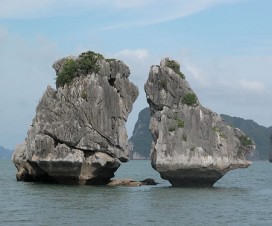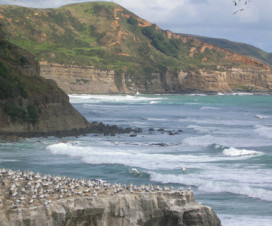Though I have been to Hue City many times in my past, a visit to Thien Mu Pagoda always lightens my heart from the concerns of my daily struggles to make ends meet.
A long time ago a small pagoda of the Cham ethnic group stood on the top of Ha Khe Hill, looking towards the romantic Huong River (Perfume River). That is where Thien Mu Pagoda stands now, according to records of Duong Van An in his historical and geographical book O Chau Can Luc released in 1553.
The pagoda was built by Lord Nguyen Hoang when he was appointed governor of Thuan Hoa Region (known as Hue today) in 1601. The Phuoc Duyen Tower, which comes into view when climbing up the hill to the pagoda, was built in 1844 by Thieu Tri King to commemorate the eightieth anniversary of his grandmother and named Tu Nhan (indulgent person) then.
The tower has stood there since, overlooking the Huong River, and has become synonymous with the landscape of Hue and the Huong River. Its impact is such that it has become the unofficial symbol of the city.
The most pleasant way to get to the pagoda is by boat along the Huong River. The river is fresh and the destination is shaded by old trees covering the dock where the boats stop.
After taking some pictures of the tower, I trekked around the pagoda garden which is a collection of plants and flowers donated to the pagoda from pilgrims around the country. Walking inside the peaceful garden, I caught sight of timid rabbits hiding in bushes and heard many kinds of birds singing on the canopies of leaves above. It was like walking in a wilderness forest.
On the right side of the pagoda is a chain of rooms. The first room showcases the historic car which carried Great Monk Thich Quang Duc to the intersection of Phan Dinh Phung and Le Van Duyet streets in Saigon on June 11 of 1963 to burn himself in opposition to the anti-religion policy of Saigon’s regime at that time.
Next to this room is where the monks of the pagoda live, equipped with wooden beds and small personal items under each bed.
In Dai Hung Temple, at the center of the pagoda, is a large censer where visitors can burn incense and pray for blessings. Fragrant incense smoke fills the air there all day long.
On a trip to Thien Mu Pagoda visitors can choose to do many different things, like sit on the wall to observe the special Huong River, or walk around the pagoda to explore the garden. But to me the most impressive thing to do is to listen to the monks reciting the Buddhist scriptures, or watch them as they sweep the yard or go about their daily routines, for those images bring me to a peaceful feeling never achievable in the hustle and bustle of my daily life.
(Source: SGT)
View another article at Vietnam Cities

